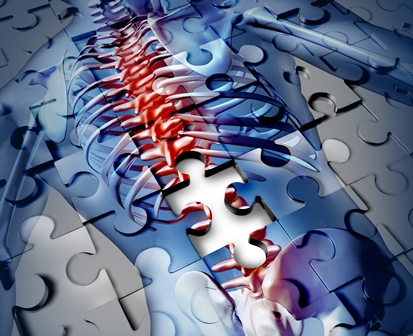By Laura Sullivan, CranioSacral Therapist
When I’m in pain, my first instinct is to get away from it as soon as possible. Whether the pain is physical or emotional, I want to find a way to get relief as quickly as possible. I believe it is human nature to avoid pain at all costs, which seems a no brainer.
As a healthcare practitioner who seeks to resolve the source of the pain, I have a different perspective. Pain has a purpose. I know on some level this makes sense, but it’s not always a popular observation.
Common sense indicates that pain serves as a protective mechanism. If someone is running and sprains their ankle, they stop running, they avoid putting pressure on the ankle, and allow the injury to heal. Pain acts as an indicator that something is wrong. This concept is acceptable because it is logical and helpful.
However, when pain is ongoing, relentless, and never-ending it goes beyond serving a purpose as an indicator. The pain takes on a life of its own, often robbing an individual of the daily activities that used to bring pleasure and happiness to their life.
What if the chronic pain was a different indicator? What if, even though the doctors cannot provide a diagnosis or speculate as to why the pain continues, you were to look for indications within your own life?
As a holistic healthcare practitioner, I am trained to look for the conditions in people’s lives that contribute to the chronic pain. With great empathy, I will pose questions to expand an individual’s perspective just a little. If I can get someone to create a different meaning for the pain, then healing can take place on an emotional and physical level.
Pain is always an indication that something is wrong. The problem is, we don’t always want to address the problem. It means we have to take responsibility for our lives which, honestly, kind of sucks. I find it much easier to blame others rather than look at my contribution to the problem.
In my rare moments of wisdom, while in the depths of pain, I will ask myself, “What if I didn’t run from this feeling? What is the message here? What can I learn from this?” Then I find a stillness in the moment. My perspective shifts ever so slightly, and I remember that there is value in this experience.
Pain pushes me to grow. Pain fuels my determination and resolve. Pain has taught me the most valuable lessons in life and how to not make the same mistakes again. Pain is my teacher and coach. Pain provides the necessary resistance to go further and to draw on an inner resource that happiness and contentment does not deliver. In the dark and difficult moments, this is the hardest thing to remember, which is why I keep reminding myself.
Laura Sullivan is a CranioSacral Therapist at the Southwest Naturopathic Medical Center in Tempe, AZ. She specializes in treating injuries and chronic pain conditions. For more information about CranioSacral Therapy go to www.SullivanCSS.com

